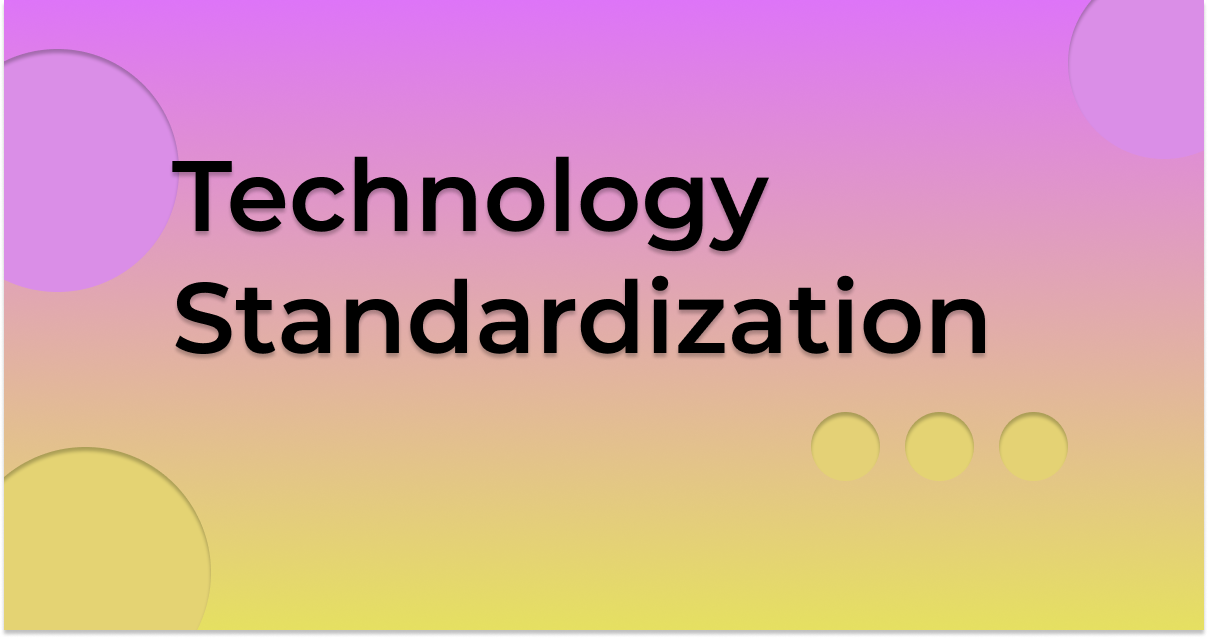Technology Standardization and Web Standards
 Aamina S
Aamina S
Technology standardization is the reason that our web experience is so seamless, we can switch from diverse platforms and still feel at ease.
From the seamless rendering of web pages to the interoperability of mobile apps, adherence to standardized protocols ensures that the digital experience is clear and coherent. This article delves into the pivotal role of technology standardization, exploring its significance, processes, and impacts on the digital landscape.
The Significance of Technology Standardization
Standardization is the cornerstone of digital interoperability, providing a common language and framework for communication and collaboration across disparate systems and technologies. But what does interoperability mean? It refers to the ability of different systems and platforms to work together. By defining agreed-upon conventions and protocols, standardization enables seamless integration and compatibility.
At its core, standardization promotes consistency, reliability, and predictability, instilling confidence in developers, vendors, and users alike. Whether it's the rendering of HTML documents in web browsers or the transmission of data between networked devices, adherence to standards ensures that technologies function as intended, delivering optimal performance and user experience.
The Role of Standardization Organizations: Standardization efforts are led by organizations such as the World Wide Web Consortium (W3C), the Internet Engineering Task Force (IETF), and the Institute of Electrical and Electronics Engineers (IEEE), among others. These organizations serve as stewards of technology, overseeing the development and maintenance of standards across a wide range of domains, from web technologies to telecommunications protocols.
The Standardization Process: The standardization process typically follows a series of stages, from initial proposal and drafting to specification development, review, and ratification.
Public participation and transparency are fundamental principles of the standardization process, ensuring that standards are developed in an open, democratic manner.
Impacts on Developers and Users: For developers, adherence to standards offers numerous benefits, including reduced development time, increased interoperability, and improved compatibility across platforms and devices. By following established specifications and best practices, developers can build robust, future-proof solutions that stand the test of time.
Similarly, for users, standardized technologies translate into enhanced usability, accessibility, and security. Whether browsing the web, using mobile apps, or accessing cloud services, users can expect consistent experiences and seamless interactions, regardless of the underlying technologies.
By establishing common frameworks, rules, and guidelines, standardization fosters collaboration, innovation, and progress, shaping the digital future for generations to come.
Together, we can ensure that the digital symphony continues to resonate with clarity and coherence, harmonizing the diverse voices of the digital age.
Subscribe to my newsletter
Read articles from Aamina S directly inside your inbox. Subscribe to the newsletter, and don't miss out.
Written by
